In this article, we will inform you of what the leather of cars is made of. At the moment, the leather hides (typically from cattle) that are used for upholstery are chromium salt tanned (to preserve the hide), fat liquored (to provide softness, strength, and flexibility (fats and oils are added)), and then dyed (to give them color). At this point, different types of leather can be considered interchangeable. Because the leather hides are frequently of a thickness that is insufficient for immediate use in automotive applications, the leather is split... The grain on top is referred to as top-grain, and the grain on the bottom is referred to as split. However, when it comes to the finer points of the design, it does not really make a difference whether it is top-grain or split... The manner in which the leather is "finished" is of utmost significance.
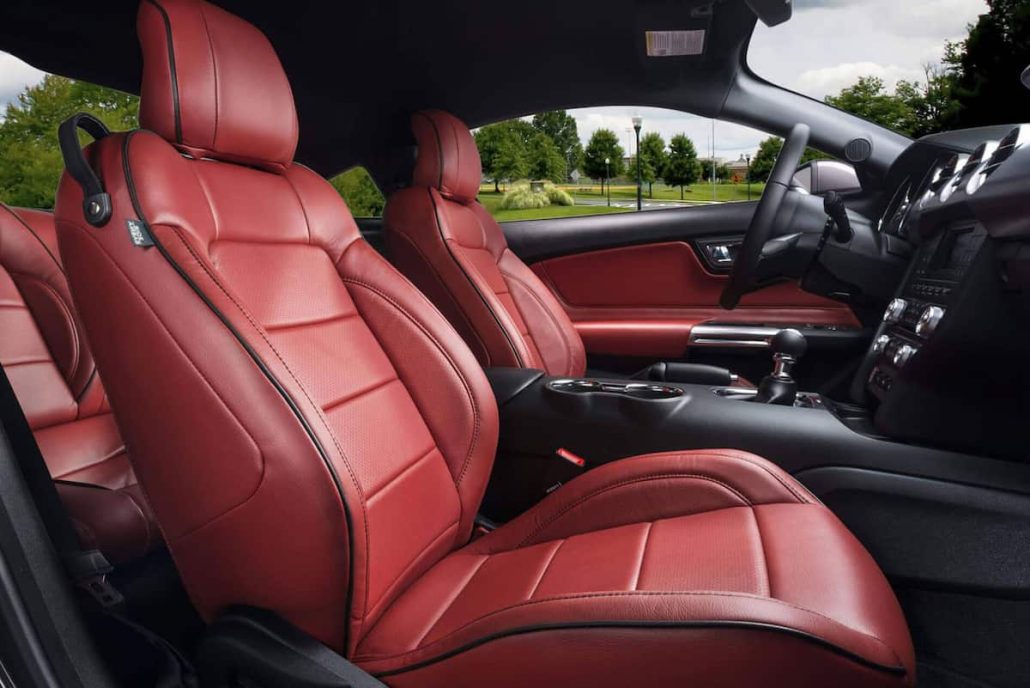
The finishing process is likely the most significant component of the leather manufacturing process for automotive applications. This is because the finishing process impacts many of the qualities of the leather, and the finishing process also specifies how one should care for the leather. Types of Leather There is a wide variety of styles available for automotive leather, some of which are as follows: Leather can be classified as aniline, semi-aniline, or pigmented (coated or protected). The use of aniline leather in modern automobiles is extremely uncommon; however, it is still present in some antique and specialty vehicles. Pigmented leather is the type that is used the most frequently, and the quality can range widely. The final type, semi-aniline, falls somewhere in the middle and is most frequently discovered in higher-end automobiles. Leather with Pigmentation Because this leather can be coated with a synthetic material, it is often referred to as coated leather or protected leather. Coated leather is another name for this type of leather. Because of the synthetic coat that is applied over the hide, it has the greatest degree of adaptability. Because it is the protective layer that provides the upholstery with the coloring that is wanted, the hide keeps its natural dark tan (which is typically a dark gray color). The maker has the option of applying a thick pigmentation layer to protect the hide more effectively or going for high-end thin coatings that not only protect the processed hide well but also retain that natural feel and look.
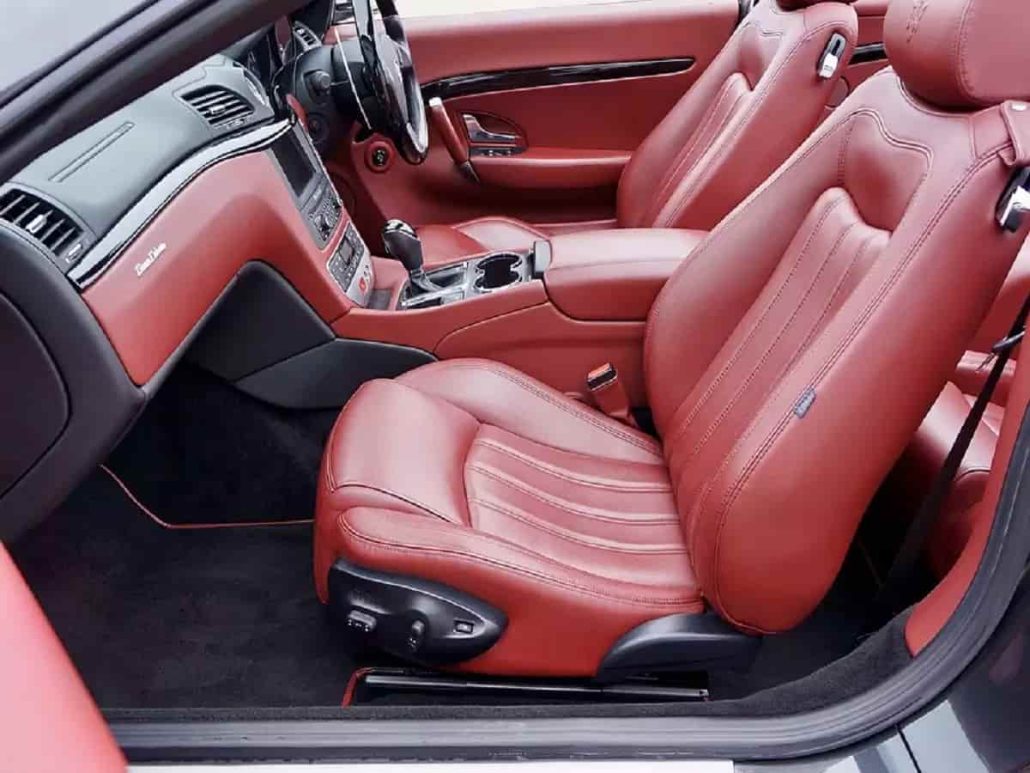
Producing thickly coated versions results in lower production costs since the manufacturer is able to utilize lower-quality hides because they know that the thick protective coating will disguise any imperfections in the hide. These more affordable or thicker coatings will have a texture more similar to vinyl and will feel more rigid. Because thick coats conceal the natural imperfections that occur in leather, they are typically utilized in less costly vehicles. This makes the leather easier and more affordable to polish. Pigmented coatings are used in the majority of automotive interiors. Because of this, one has the option to strike the ideal balance between cost and appearance and produce an end product that is as close to the ideal upholstery as one's budget would allow. Care To properly care for colored leather, you must first ensure that the leather is kept clean. The dirt and debris will wear and damage the leather, which will eventually result in a shining appearance as well as the disclosure of the leather hide underneath. Frequent use of a soft cleaning that is water-based is recommended for removing entrenched dirt and oil, as acidic body oils can cause the vacuum to get worn or stained. Make sure you use a conditioner or protectant that contains protectants (to reduce abrasion and increase sun fade resistance).
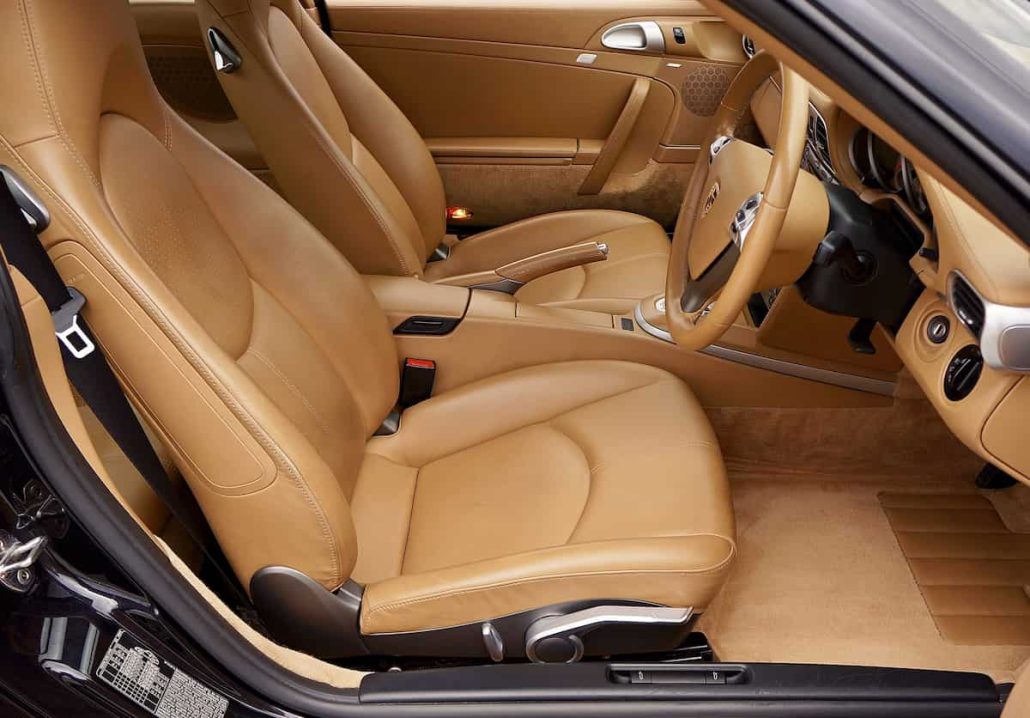
The leather coating will eventually develop microscopic cracks or stretch out in the seams and creases as time passes. These fractures and pores in the covering allow conditioners to seep through, which helps to maintain the suppleness and softness of the leather underlying. Leather that is Aniline You get a hide in its natural state when you use aniline. This is the leather that has been colored and tanned, but there is no additional layer of protection on it. As a result of this, this is the most natural approach to designing a plush and comfy upholstery that is prone to damage. It is not difficult to scratch or tarnish. Anything that gets wet on its surface will cause the material to become permanently stained and rigid. Due to the fact that it is so easily damaged, aniline finishes are extremely difficult to come across in the automotive industry of the contemporary day. This is despite the fact that they are the finish that comes the closest to mimicking actual leather. Due of the limited variety it offers, this sort of upholstery is not very common. However, it was quite typical in historical automobiles back in the day when protective coating leather wasn't as widely used as it is today. Classic automobile fans who want specially crafted builds can easily spend a fortune on aniline leather that has been made to their specifications. CareOn aniline leather, you should never eat, drink, or use anything that could potentially get wet. It is possible that doing so will change the stiffness or induce discoloration that is permanent. The hides should be cleaned and conditioned using materials that are suited for use with aniline leather.
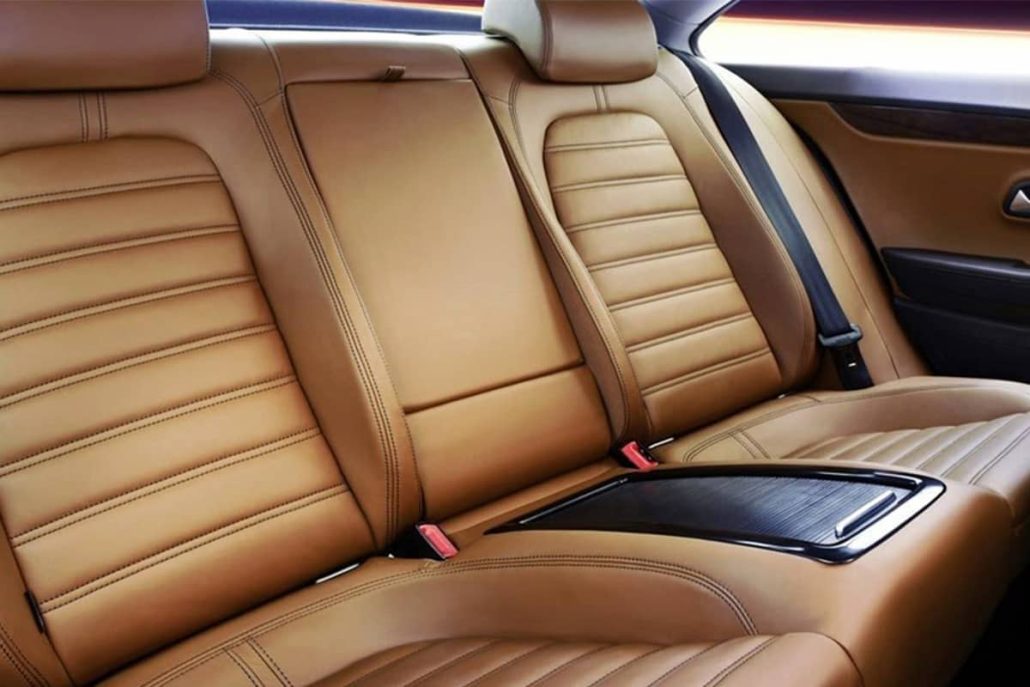
Leather with a Semi-Aline Grain The semi-aniline variants will be a compromise between maintaining the finish as natural as possible and providing it with some adaptability by providing it with a thin protective coating that may be used in a variety of applications. This is a type of leather in which the hide has been dyed (in a manner analogous to that used for aniline leather), but there is still a coating of protection on top. This coating is often quite thin, which enables the leather to have an exceptionally natural and pliable feel. The coating can be transparent, colored, or dyed, depending on your preference. Because the ultra-thin coating does not conceal imperfections (such as scars or mosquito bites) as well, only select hides are utilized in the process. The quantity needed for the semianiline finish is determined by a number of parameters including the following: The kind of finish applied to the hide and its overall quality: The greatest protective coatings, which are also the most expensive, are those that are relatively thin but durable and cause the least amount of interference feasible.
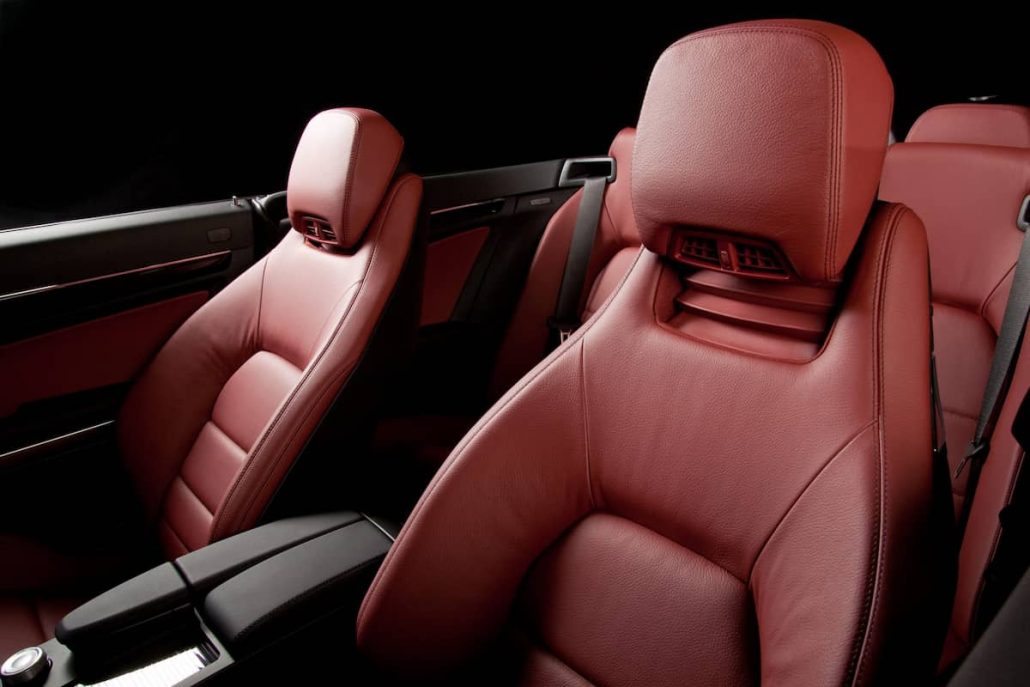
The quality of the hide that was utilized to manufacture the upholstery, including the type of hide: Hides that are perfect and have few flaws or none at all will produce a patina that is even and more appealing. Care The maintenance of colored leather and semi-aniline leather are virtually indistinguishable from one another. Maintain the pristine condition of the leather by cleaning and vacuuming it on a regular basis. Because pigmented leather is typically more robust than semi-aniline leather, semi-aniline leather typically requires more frequent treatment. Our company is prepared to provide different kinds of leather to customers and business owners around the globe. We have built trust with our customers by providing with the best quality leather we have to offer. Therefore, our cooperation has lasted for a long time. We use the best tanning process to produce high quality leather with long durability and great strength. There are different patterns and colors of leather available. If you would like to gain more information about our leather fabrics, do not hesitate to contact our consultants who are available 24/7 to answer all your questions.
